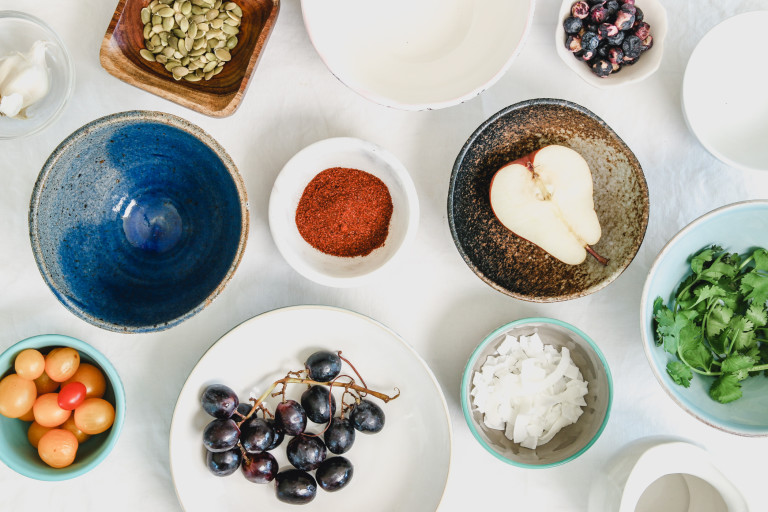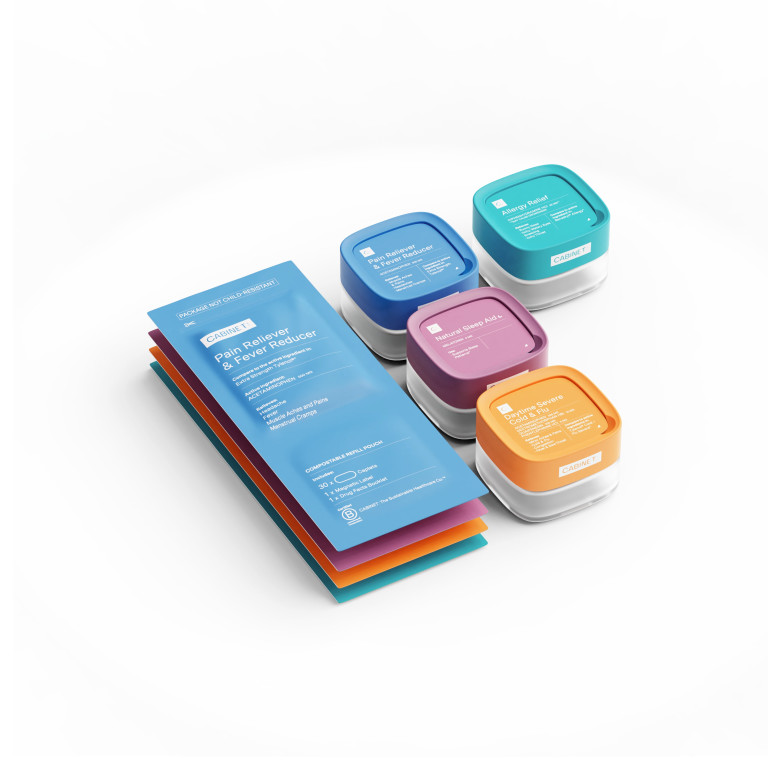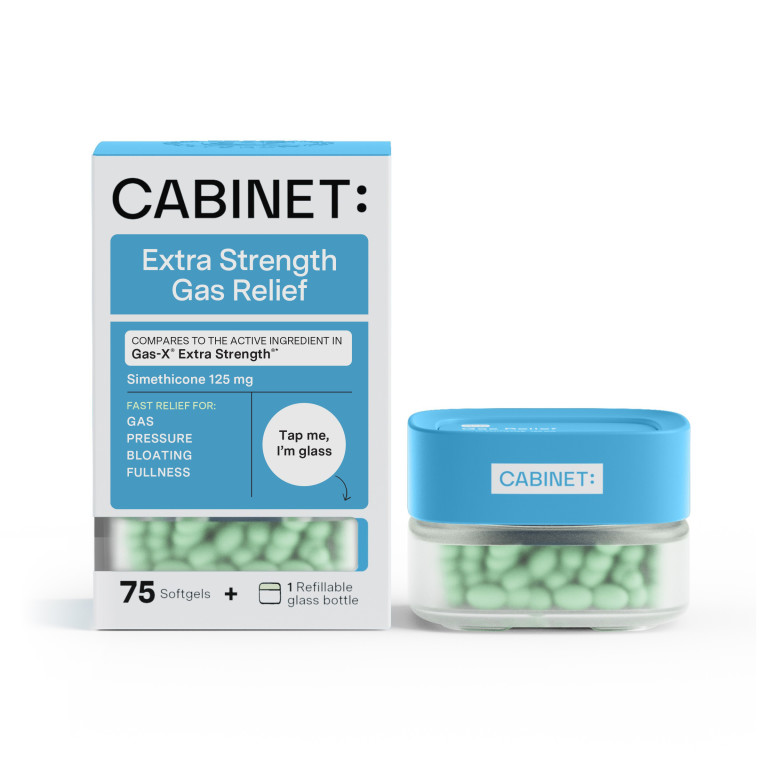This week we interviewed Tayler Silfverduk, an experienced celiac dietitian, to get some answers to commonly asked questions.
1. What’s your background and why did you become a dietitian?
I'm a registered dietitian specializing in celiac disease. I was diagnosed over 10 years ago with celiac and didn’t feel like my doctors were able to advise me on how to stay gluten-free or heal my gut. So I became obsessed with using food as medicine and pursued a degree in dietetics.
At first, I thought I'd only be focusing on gut health, but then I fell in love with connecting and healing other people with celiac disease—and that's why I specialize and only see patients with celiac.
2. What does a dietitian do?
A registered dietitian can do many things. They are trained in food service, food safety, clinical nutrition, and beyond. Celiac-wise, a registered dietitian is essential in providing education and support when switching to a gluten-free diet. More specifically, they will provide guidance on how to live gluten-free (foods to avoid, foods to enjoy, how to dine out, how to attend social events, etc.).
As you continue to live gluten-free, they can also monitor follow-up testing, assess for gluten exposure, and help you adjust your gluten-free diet to make sure you're addressing nutritional complications of celiac (like nutrient deficiencies) and supporting overall gut health.
3. What are the challenges of being celiac?
People don't fully grasp the gravity of having a celiac diagnosis in a gluten-centric food system and culture. This thinking plus the gluten-free fad diet has made it so people just think "oh you just have to go gluten-free, no big deal" when in reality it's a HUGE deal.
Suddenly you can't just have a carefree dinner at a restaurant at a moment's notice, accept a dinner invitation without thinking twice about how you're going to stay safe, or grab a quick bite to eat while you're out running errands. Or worse, when you have a cold, you can't just run into the nearest CVS and grab over-the-counter medicines without a thought. Instead, you have to decipher the ingredients or grab a pharmacist to make sure it's safe. Suddenly, everything we do that surrounds food requires extra thought. And it's overwhelming. While this all sounds very negative, things definitely get better. It takes a while, but managing these activities becomes routine.
4. What are the major symptoms of celiac disease?
There are over 300 reported symptoms of celiac. Common ones are iron deficiency, malnutrition, fatigue, GI distress (bloating, diarrhea, constipation), and even no symptoms.
5. What are a few of your favorite celiac-friendly brands?
Cabinet Health because you guys make finding over-the-counter meds easy.
Schär because they really stepped up the quality of their gluten-free alternatives and they are committed to serving this community through continuing education sessions for providers, grants, and more.
Bob's Red Mill because their gluten-free line of snacks and other eats are so accessible.
6. What should celiacs look for in food labeling?
I wish there was a simple short answer for this but in the USA, it's complex. Probably the two most important things to look for are (1) gluten-free claims or certifications and (2) obvious signs of gluten.
Gluten-free claims and certifications are helpful for identifying products safe for consumption. Since most foods don’t have this labeling, it’s important to look for obvious signs of gluten. This includes barley, rye, wheat, unsafe oats, or any other names of things derived from these ingredients. There's a lot of nuance to this though, so if anyone needs help with this, I cover this in detail in my FREE label-reading class, watch it here.1
7. Is it okay if my food touches gluten?
No. If you have celiac disease, you always need to avoid cross-contact.2 Cross-contact is when an allergenic protein comes into contact with a food product that wouldn't otherwise contain that protein. In the case of celiac, that would be gluten-filled bread touching gluten-free bread.
This is one of the reasons celiac disease is so hard, because again, people assume it's like a fad gluten-free diet. But unfortunately, it requires so much more care because even if someone who just touched gluten touches your food after, your food is no longer safe. And this can happen a lot in the kitchen.
8. What are some tips to eating out safely?
Dining out with celiac disease is tricky and I actually have an entire guide to this on my website here.3 My top three tips for dining out with celiac would be:
Download Findmeglutenfree. This is a great app to find restaurants that have good reviews from other gluten-free diners. However, don't let this app substitute your own research and conversation with restaurants. You still need to make sure you're telling your server exactly what you need the kitchen to do to keep you safe.
Tell the restaurant staff what you need them to do to keep you safe. For example, if you're ordering a gluten-free grilled cheese, make sure they're changing their gloves, pulling cheese slices from a fresh bin, and cooking your grilled cheese on a freshly washed pan.
If you get glutened, use it as a learning experience on how to improve your safety next time. Don't let it turn you off from dining out completely.
9. What’s the difference between gluten-free and certified gluten-free?
In the USA there are two designations for gluten-free food: a gluten-free claim, which is regulated by the FDA, and a gluten-free certification, which is verified through a 3rd party.
To meet FDA gluten-free claim standards, a food item must have <20ppm of gluten in it (the general celiac safe threshold) and it's up to the manufacturer to maintain proper documentation to verify that status.
A gluten-free certification has much more stringent protocols, including verifying production, ingredient sourcing, and testing products to <20, <10, and sometimes even <5ppm of gluten.
Both designations mean the product is safe, except if the product has oats (in that case, you want to take some other things into consideration). Again, I go into detail on this complete with examples in my FREE label-reading class1 if you need more help!











